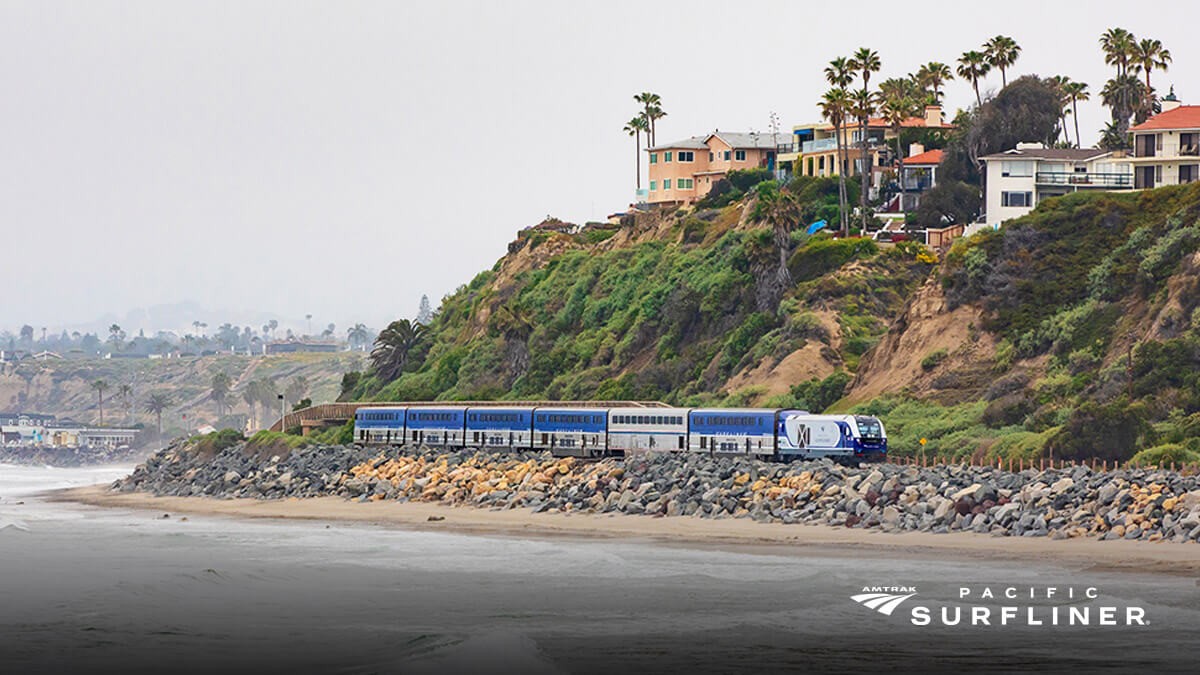
California's rail infrastructure is set for a major boost as the U.S. Department of Transportation (DOT) awards $279 million in grants to twelve projects across the state. This funding, part of the Consolidated Rail Infrastructure and Safety Improvements (CRISI) Grant Program, aims to enhance safety, improve efficiency, and reduce environmental impact.
The largest single grant, $100 million, goes to the Orange County Transportation Authority for the Coastal Rail Infrastructure Resiliency Project. This initiative will fortify tracks along Amtrak's Pacific Surfliner corridor against sea-level rise and beach erosion, ensuring more reliable service for intercity passenger, freight, and commuter trains.
In a push towards greener transportation, the California Air Resources Board receives $36.5 million to replace diesel locomotives with zero-emission engines. This includes nine battery-electric locomotives and one hydrogen fuel cell locomotive, marking a significant step in reducing the rail sector's carbon footprint.
San Francisco's Downtown Rail Extension project gets a $24.7 million boost to complete track and rail design. This extension will connect the electrified Caltrain and future California High-speed Rail to the Salesforce Transit Center, enhancing the city's public transportation network.
Other notable projects include:
- $22.7 million for track rehabilitation on the Arizona and California Railroad Company's corridor
- $20.5 million to upgrade nine locomotives in the Central Valley
- $20 million for security fencing along the Capitol Corridor route
- $18.7 million for new station platforms and track improvements in the San Joaquin corridor
These grants, made possible by the Bipartisan Infrastructure Law, represent a substantial investment in California's rail future. U.S. Senator Alex Padilla emphasized the importance of this funding, stating that it will "help lower our carbon emissions, create good-paying jobs, and keep commuters and goods moving across the state."
As California continues to prioritize sustainable and efficient transportation, these projects promise to modernize the state's rail infrastructure, improve safety, and contribute to long-term environmental goals.